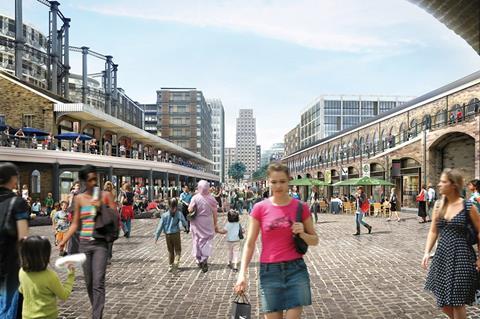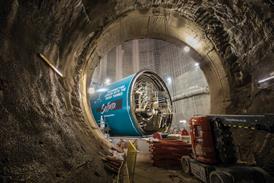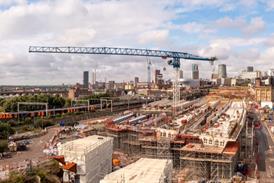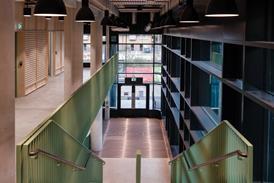Argent’s Tony Giddings explains what the firm expects from contractors it works with and what schemes it has in the pipeline
Tony Giddings, partner, Argent
How do you see market conditions changing over the next year?
I think there’s going to continue to be a regional split – London will become more buoyant, especially in certain sectors such as residential. Unfortunately, I think regions outside London are still going to be very slow to move forward. It really does depend on location, even within London where the redevelopment of certain areas makes development in other sectors more likely to proceed.
What’s your pipeline looking like?
At King’s Cross, there will be a steady pipeline of work coming through, including new resi and commercial buildings, as well as retail and restaurants. We’ve got two speculative office schemes, with a total of 220,000ft2, which will complete at the end of this year and in April 2014. We’ll be starting on the new headquarters for Google, due to complete early 2016. We will also be completing one major residential scheme in October this year, and we have two others – one underway now and due to finish in 2015, and another starting at the end of this year, due to finish by 2016.
Outside London, we have an office scheme right in the centre of Manchester, to complete in 2014. We moved forward because we pre-let the top three floors to KPMG, but obviously we’re quite keen to sign end users for the rest of the space.

Are you changing the way you work with your supply chain, and if so how?
No, we’ve got a formula that we think works very well. We’ve got a certain number of key main contractors we work with time and again, and similarly we try to reduce the number in the supply chain so we can have repeat business as far as possible – partly so the whole team learns from the process of one building to move onto the next, partly because it takes a long time to build relationships. If it works, don’t fix it.
How do you procure construction work?
Most of the time we work on a negotiated basis. We bring contractors in at the earliest sensible time – probably around stage C+/D, around the time we’re ready to go in for planning. We will probably have told the contractor in advance of that that they’re going to be appointed. We negotiate, then we finally fix on a straight design-and-build JCT contract, where we and the contractor have both investigated areas of risk and we’ve transferred the risk where necessary to them – but not with the usual penalties that occur with a straight design-and-build tender process.
What are your priorities when selecting contractors?
We’ve developed our own set of values in terms of fairness, paying on time, no surprises, and we expect that from our main contractors and from the supply chain that they work with. Even in a market that’s really flat and where margins are very tight, we don’t want to squeeze contractors or the rest of the supply chain unnecessarily. What goes around comes around – in a situation where build costs go back up and inflation is back in and there are a greater number of competing schemes, we believe that the contractors we work with will stay loyal to us.




























No comments yet